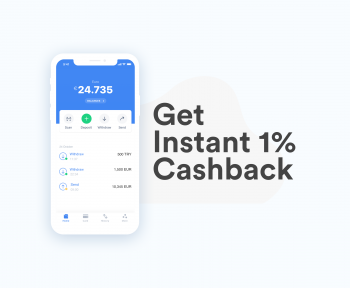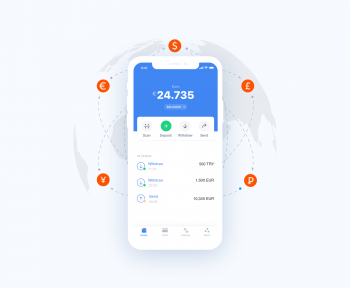First, let’s break down the term.
What is an NFT?
NFT stands for non-fungible token. In economics, a fungible asset is something with units that can be readily interchanged – like money. With money, you can swap a £10 note for two £5 notes and it will have the same value. However, if something is non-fungible, this is impossible – it means it has unique properties so it cannot be interchanged with something else. It could be a house, or a painting such as the Mona Lisa, which is one of a kind. You can take a photo of the painting or buy a print but there will only ever be the one original painting. NFTs are “one-of-a-kind” assets in the digital world that can be bought and sold like any other piece of property, but they have no tangible form of their own.
The digital tokens can be thought of as certificates of ownership for virtual or physical assets.
NFTs aren’t exactly new. CryptoKitties, a digital trading game on the cryptocurrency platform Ethereum, was one of the original NFTs, allowing people to purchase and sell virtual cats that were both unique and stored on the blockchain.
How is it different from a fungible token?
Fungible tokens consist of cryptocurrencies like Bitcoin (BTC) and Ethereum (ETH), and traditional currencies like USD or EUR. NFTs are unique assets that do not have a one-to-one value with other NFTs. Meaning that while $1 equals $1, one NFT does not equal another NFT.
The value that an NFT has is based on how well received the item is by the people who are willing to buy it, usually using cryptocurrencies like ETH. If an item, like the first tweet, is very desirable, its value goes up. And the fewer there are of the item, the more exclusive it becomes, also likely driving up the value.
How do NFT works?
NFTs are part of the Ethereum blockchain so they are individual tokens with extra information stored in them. That extra information is the important part, which allows them to take the form of art, music, video (and so on), in the form of JPGS, MP3s, videos, GIFs and more. Because they hold value, they can be bought and sold just like other types of art – and, like with physical art, the value is largely set by the market and by demand.
That’s not to say there’s only one digital version of an NFT art available on the marketplace, though. In much the same way as art prints of an original are made, used, bought and sold, copies of an NFT are still valid parts of the blockchain – but they will not hold the same value as the original.
And don’t go thinking you’ve hacked the system by right-clicking and saving the image of an NFT, either. That won’t make you a millionaire because your downloaded file won’t hold the information that makes it part of the Ethereum blockchain.
How to buy NFTs
Essentially, any digital image can be purchased as an NFT. But there are a few things to consider when buying one, especially if you’re a newbie. You’ll need to decide what marketplace to buy from, what type of digital wallet is required to store it and what kind of cryptocurrency you’ll need to complete the sale.
Some of the most common NFT marketplaces include OpenSea, Mintable, Nifty Gateway and Rarible. There are also niche marketplaces for more specific types of NFTs, too, such as NBA Top Shot for basketball video highlights or Valuables for auctioning tweets such as Dorsey’s currently up for bid.
How are brands using NFTs?
Taco Bell debuted its NFTacoBell collection recently, which consisted of five taco-inspired gif illustrations that were sold on Rarible. Each gif had five copies for a total of 25 NFTs. Allick’s team at Deutsch LA helped create the NFT collection, which ended up selling out within 30 minutes.
The original prices were set at $1, the price of a taco, but the reselling of the NFTs have increased some of the prices to more than $3,600. With each resell, Taco Bell earns 0.1% in royalties, which will be donated to the Taco Bell Foundation.
The original first round of buyers for the NFTs were also rewarded with a year’s worth of free Taco Bell, something that was not advertised ahead of the drop.
There is a market for people who are super fans and want to spend their money to feel closer to a company or a product.
Whether or not NFTs are here to stay, they have certainly become a new plaything for the uber-rich and there is real money to be made, if you can make it happen. NFTs give new meaning to digital art, and the prices seen at sale indicate it is a real part of the future of art, and collectibles in general.



